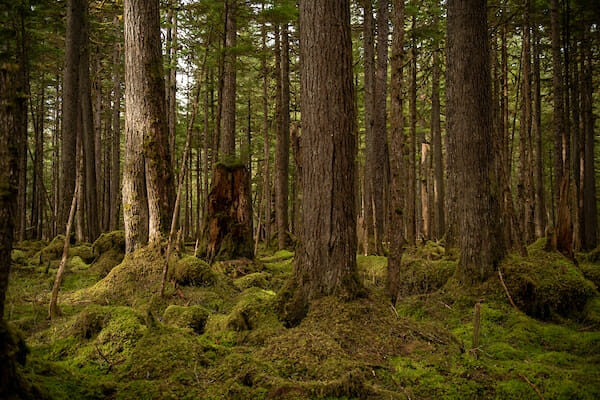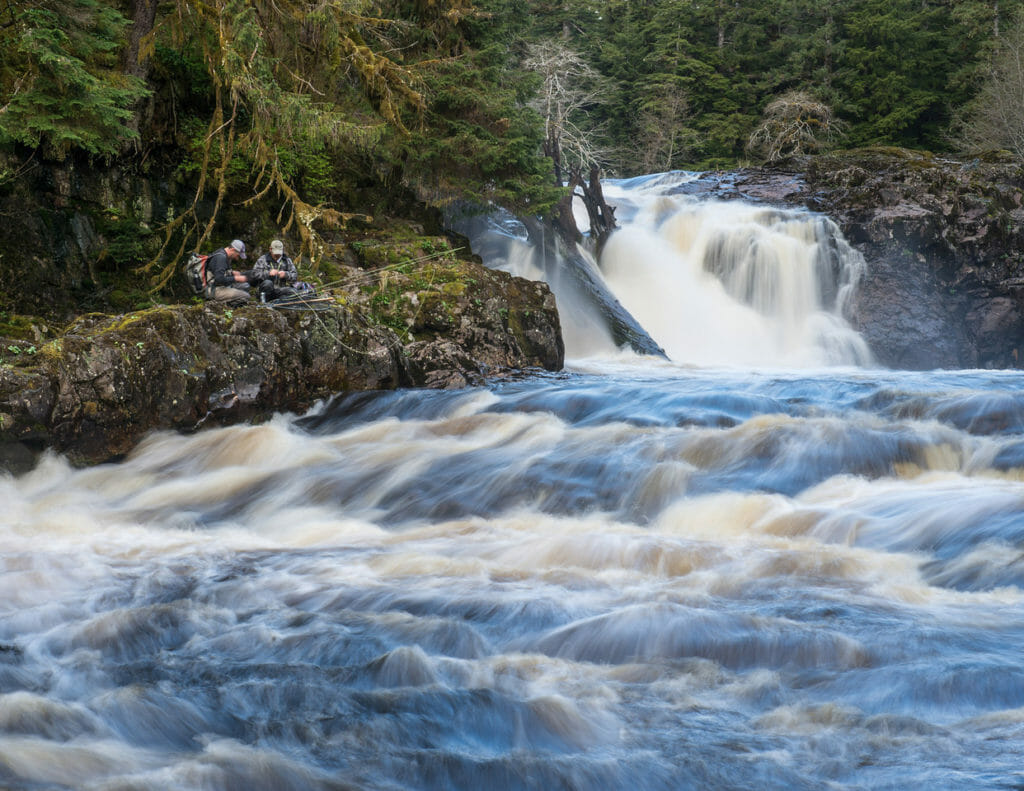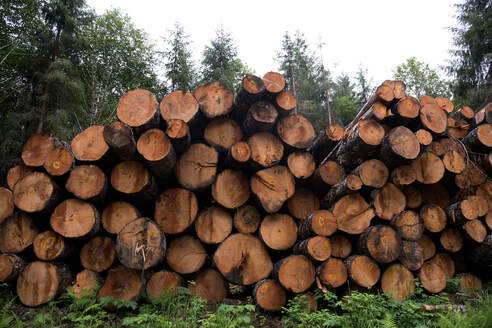Over the course of 31 years as a resident of Alaska, nearly 15 years of which have been spent doing conservation work, I’ve always been amazed by the inability of strong, well-documented financial realities to guide how public lands are managed.
In the case of the Tongass National Forest, it has been made clear repeatedly that American taxpayers have subsidized the clear-cut logging of old growth trees to the tune of roughly $30 million annually for the last 20 years. We also know from a study by the Congressional Budget Office that the maintenance backlog for logging roads on the Tongass currently sits at $58 million. The Forest Service itself has found that on top of that road maintenance backlog, another $100 million will be needed to restore lands and waterways that have been damaged by past logging. And on top of all that, about a third of culverts on logging roads, some 1200 in total, do not pass fish at all life stages. Repairing these culverts will cost taxpayers another $37 million, in addition to the $18 million spent on fixing culverts since 1998.
If we tally up all those costs, both paid and owed in the future, for the Tongass timber program over the last 20 years, we arrive at a total liability to American taxpayers of $813 million. And let’s remember those are hard dollar costs only and don’t include the loss of ecosystem services like clean water, fish production and recreation opportunities.

We taxpayers dole out a lot of subsidies in states throughout the country so maybe elected officials and the public at large just can’t get riled up about subsidies because it seems everyone gets them, but I think there’s some nuances that makes Tongass subsidies different.
First off, we pay for the roads and logging operations that result in 400+ year old trees being mowed down and then we get to pay again for restoration to fix up the places where they once stood. Just to rub more some salt into that wound, a huge percentage of those trees end up in Asian markets. So not only are we effectively double taxed by paying for both harvest and restoration, but we also lose out on secondary processing revenues and don’t realize infrastructure values from the timber until we buy it back in the form of products manufactured by foreign companies. You don’t have to be an economist to see that’s just wrong.

I could go on and on about the many values of an intact old-growth forest. Things like carbon sequestration, fish and wildlife habitat, tourism and fisheries revenues are all great examples of the beneficial side of a standing forest. Both common and fiscal sense dictate doing more to perpetuate those things while ending wasteful timber subsidies is really where we need to be headed and the really great thing about that is it costs us absolutely nothing.
Like the subsidies, the current effort to exempt the Tongass from the Roadless Rule is just another misguided attempt to resuscitate a logging industry that provides less than 1% of jobs in the region and has failed to change with the times. Rather than focusing on sustainably harvesting timber for the value-added processing of custom products, the industry continues to hold out its hand for funding to do things the way they always have. Time has marched on and now tourism, fishing and recreation drive the regional economy. As owners of our public lands, we need to make the Forest Service and decision-makers know how those lands should be managed and how our tax dollars should be spent.
Please join me in submitting a comment to the Forest Service opposing changes to the Roadless Rule and advocating for smart forest management policies that don’t drain taxpayer pockets. Read more about the Roadless Rule and TU’s role in supporting the Tongass on the American Salmon Forest website.
Mark Kaelke is the Southeast Alaska Program Director for Trout Unlimited.


